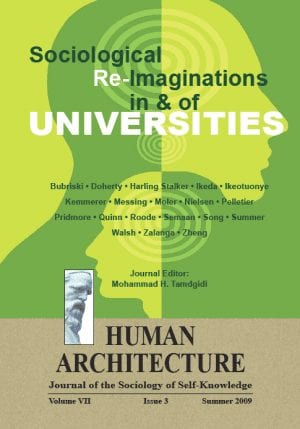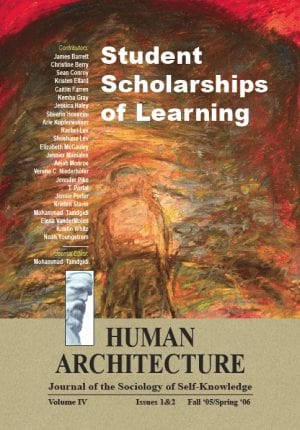Journal Article — Dissociative Experiences in Health and Disease — by Shahram Rafieian and Steven Hosier
$15.00
Historically, the concept of dissociation was mainly developed by the French psychologist, philosopher and medical doctor Pierre Janet. He suggested that it is possible for a group of thoughts, feelings and memories to become dissociated from the mainstream consciousness of the person and function independently. In this context, a comprehensive theory of dissociation which can explain different dissociative experiences in health and disease is needed.
Description
Abstract
Historically, the concept of dissociation was mainly developed by the French psychologist, philosopher and medical doctor Pierre Janet. He suggested that it is possible for a group of thoughts, feelings and memories to become dissociated from the mainstream consciousness of the person and function independently. This concept was further developed by other psychologists like Morton Prince, William James and Carl Gustavo Jung. But, under the influence of Freudian psychoanalysis and Skinnerian Behaviourism, it was neglected for a period of time. After World War II, the interest in hypnosis for the treatment of the soldiers who were traumatized psychologically during the war led to the rediscovery of dissociation and development of the neodissociation theory by Ernest Hilgard. On the one hand, dissociation is a normal process in the function of the mind which can be seen in phenomena like hypnosis, entertaining activities like watching movie, dreaming and spiritual experiences. On the other hand, dissociation is involved in the development of different kinds of psychopathology like Dissociative Identity Disorder (DID), Post Traumatic Stress Disorder (PTSD), psychosis and substance abuse. Although some researchers have tried to define a dissociation continuum which encompasses pathologic and normal phenomena, others believe that there are different types of dissociation which are qualitatively different. For example, pathological dissociation has been categorized into detachment and compartmentalization. There was less research conducted about normal dissociative experiences. In this context, a comprehensive theory of dissociation which can explain different dissociative experiences in health and disease is needed.
Recommended Citation
Rafieian, Shahram, and Steven Hosier. 2011. “Dissociative Experiences in Health and Disease.” Pp. 89-109 in Graduate Theorizations: Imaginative Applied Sociologies—Manifest and Latent (Human Architecture: Journal of the Sociology of Self-Knowledge: Volume IX, Issue 1, 2011.) Belmont, MA: Okcir Press (an imprint of Ahead Publishing House).
The various editions of Graduate Theorizations: Imaginative Applied Sociologies—Manifest and Latent can be ordered from the Okcir Store and are also available for ordering from all major online bookstores worldwide (such as Amazon, Barnes&Noble, and others).
Read the Above Publication Online
You can read the above publication free-access online, by clicking the PDF icon below.









